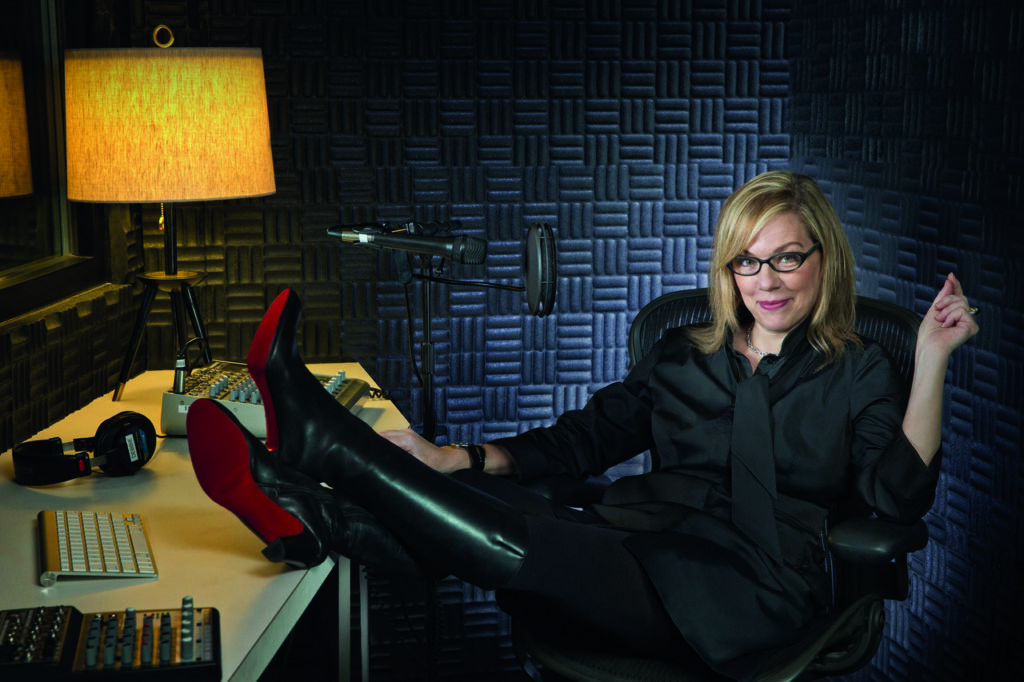Debbie Millman’s gorgeous book is about to hit shelves and here’s why you want a copy
Queer Forty sat down with Debbie Millman to talk about her forthcoming book Why Design Matters, what it’s like to interview hundreds of creatives, how she and wife Roxane Gay spent the pandemic, and what she’s doing to celebrate turning 60.
The first thing you need to know about Debbie Millman is that she’s delightful. She’s also charming. Funny. Self-deprecating. Sincere. And she’s one of the best interviewers in America. Debbie Millman also has much—so much—to tell us about design, about the world, about coming to terms with self and about following your passions.
Millman’s series Design Matters is described on the website as “The world’s first podcast about design and an inquiry into the broader world of creative culture through wide-ranging conversations with designers, writers, artists, curators, musicians, and other luminaries of contemporary thought.”
In addition to being host of the award-winning Design Matters podcast, Millman is a writer, educator, artist, curator, and designer. The author of six books, she is also President Emeritus of the American Institute of Graphic Arts (AIGA) and a chair and co-founder of the Masters in Branding Program at the School of Visual Arts in New York City. In addition, Millman was also previously the editorial and creative director of Print magazine.
Millman has designed and branded a lot of campaigns, among them philanthropic pursuits, like Mariska Hargitay’s Joyful Heart Foundation. Hargitay plays Detective Olivia Benson on TV’s longest-running prime time series, “Law & Order: Special Victims Unit.”
Hargitay’s work on the series propelled her into working with sexual assault victims in real life. Millman is on the board of the Joyful Heart Foundation and created the identity for the non-profit with her students at the School of Visual Arts. As Millman has said about branding in the past, “A brand is simply a set of beliefs. And if you don’t create a set of beliefs around your products or services, well, you stand for nothing–you have no values and no vision.”
Millman has values and vision to spare. Over 15 years Millman has interviewed more than 400 of the most creative and fascinating people in the world of the arts and beyond. Millman the provocative interviewer has created her own milieu within her podcast: Her interviews delve deeply into what it means to design one’s own creative endeavors–that is, why design matters.
Her latest book, Why Design Matters: Conversations with the World’s Most Creative People, is due out from Harper Design in February 2022 and it is exceptional. Visually stunning, Why Design Matters is immensely compelling and thought-provoking in a time when so many of us just don’t want to think, because it’s been a very tough two years as the pandemic has raged around us.
Millman’s perspective situates design and the visual in most things. She writes that “People do not read first. First and foremost, they see color. Then they see numbers, then shape, and then, if you still have their attention and they understand what you put in front of them, then they will read.”
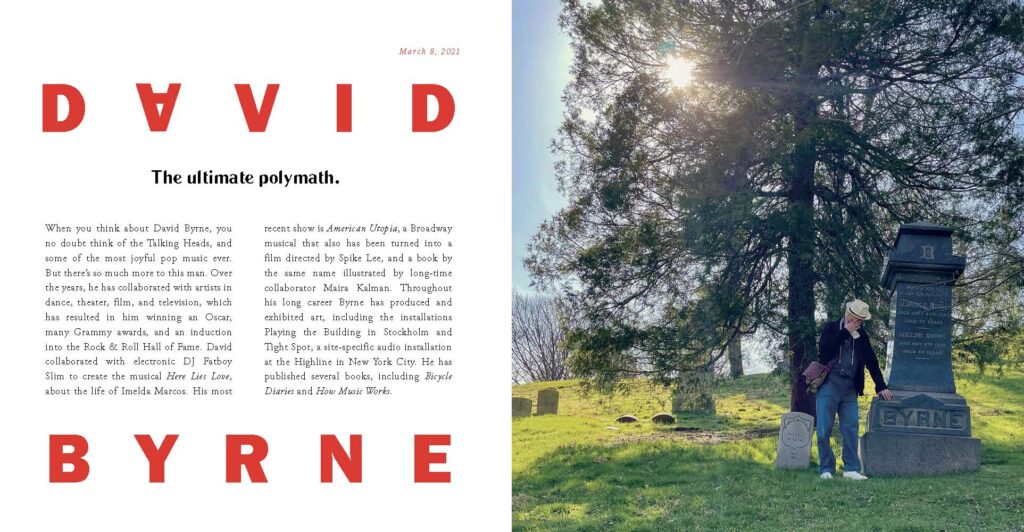
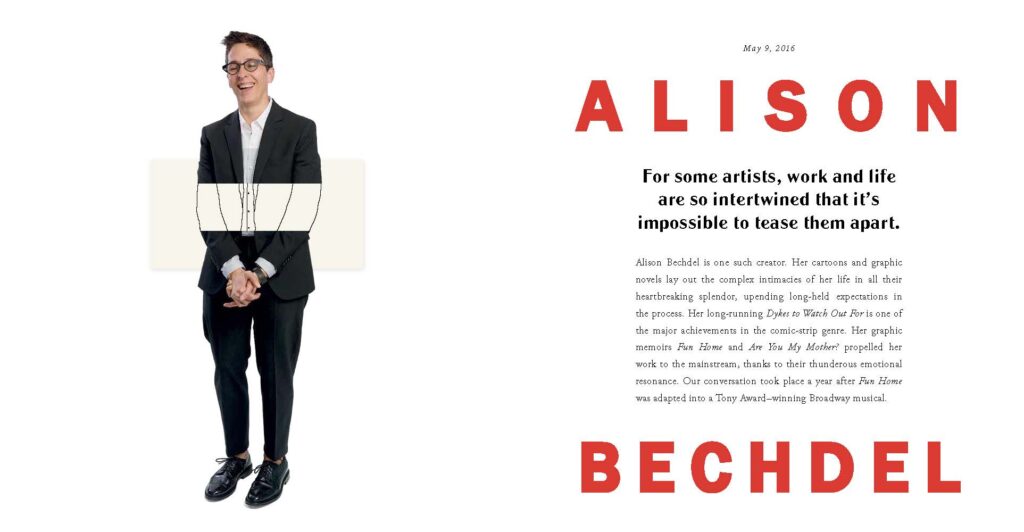
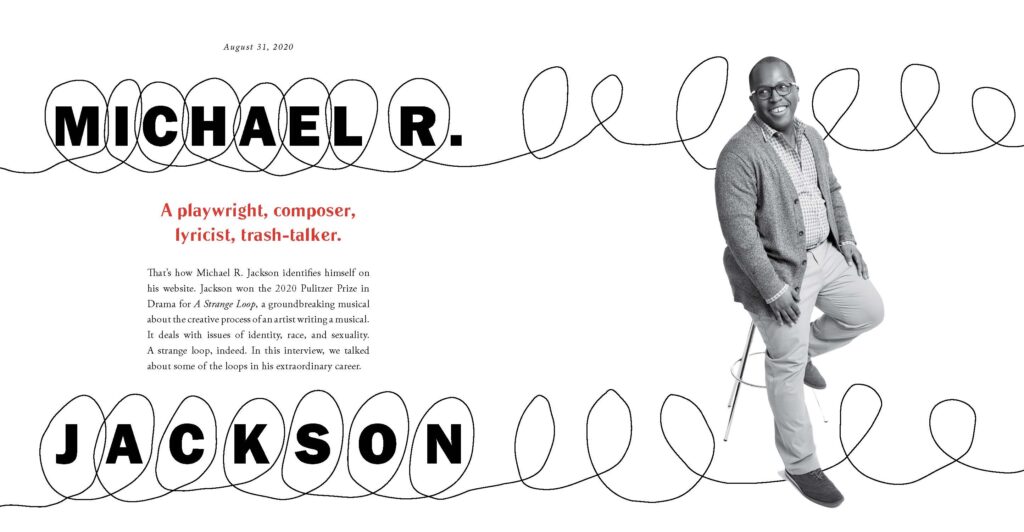
In her foreword to Why Design Matters, Millman’s wife, writer Roxane Gay, asserts that Millman has “created a gloriously interesting and ongoing conversation about what it means to live well, overcome trauma, face rejection, learn to love and be loved, and thrive both personally and professional.”
Gay writes, “Debbie Millman has become a singular voice in the world of intimate, enlightening conversations. She has demonstrated time, and again, why design matters.”
These are not merely the words of a loving partner—Gay, whose deconstructions of our era are always acute, is spot on in her assessment of the book and of Millman’s oeuvre. But it is only upon reading and listening to Millman that the breadth and depth of what she is striving to elicit from her vast array of subjects is revealed.
Reticent only in her willingness to take credit for her own achievements, Millman writes in Why Design Matters, “I have spent sixteen years consumed by the question of how to conduct a good interview, how to get interesting people to reveal the depths of who they are, how to earn their trust so that our conversation can go to unexpected places.”
She then reveals a confession and says that when she first began, she was “a terrible interviewer,” which is difficult to envision. But Millman says she “wasn’t listening enough” and “wasn’t flexible enough” about how interviews could go organically.
She acknowledges that “Early on, critics said I was too gushy about my guests and maybe I was, but I was talking to incredible people. I don’t think that unabashed admiration was an unreasonable response.”
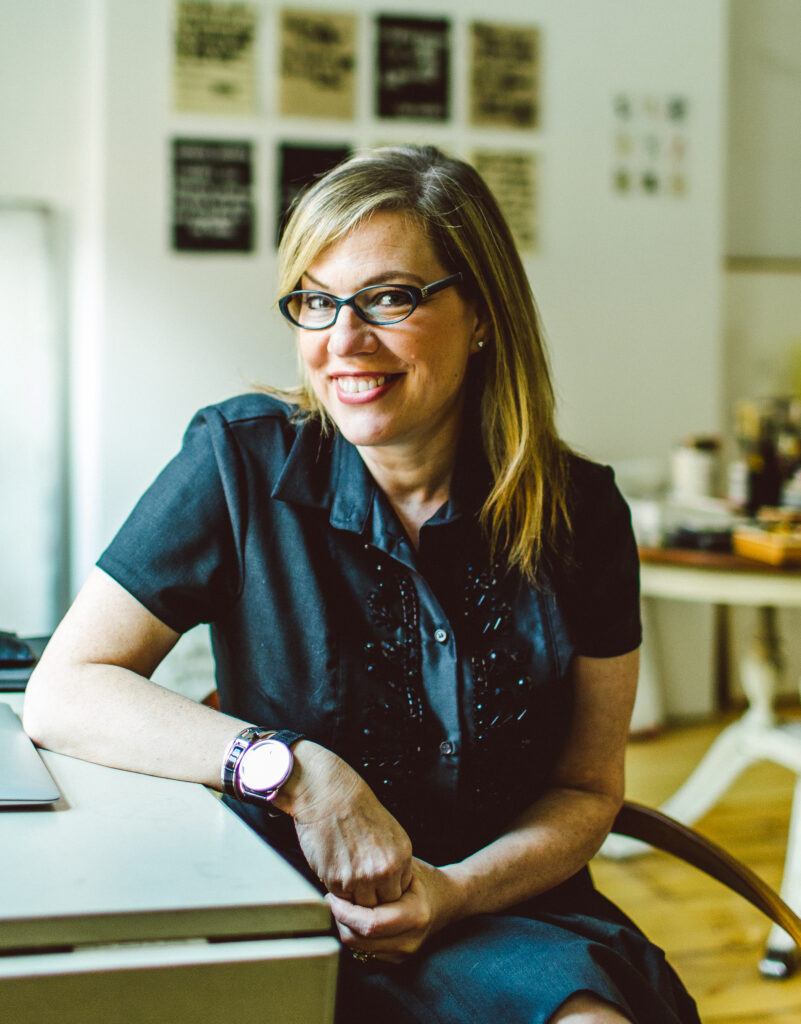
It is with “unabashed admiration” that our interview with Millman began—with us gushing over the new book and the complexity of the sections, and querying how she made the choices for the book and how she made the choices for her own life.
It’s daunting interviewing a world-class interviewer. But Millman’s prowess over 15 years of putting people at ease was evidenced immediately as she talked with us about not just the book, but how she got here, on the cusp of 60. In many respects, Millman is embarking on her own next chapter.
Culling from hundreds of interviews was a daunting task. Millman explained her rationale for the 80 or so interviews in the book. The subjects of her interviews are described as “visionaries from across diverse fields,” and are grouped by category in the book in separate sections titled Legends, Truth Tellers, Culture Makers, Trendsetters and Visionaries.
Millman said her choices were made on a series of rationales. “I had to think about whether the interviews were tied to a specific event—they needed to be timeless” so as to maintain their cohesion over time. She also had to consider the length of the interviews. And whether the interview was “more promotional for that specific theme [like an event or recent publication] or was it empathic and emotional.”
Millman has written that “visual storytelling utilizes both language and art to pass on the essence of who we are” and Why Design Matters is an intensely visual book.
The core for Millman was “some journey they [the interviewees] had taken,” because the book is in large part about that—the journey of self-discovery and the path to creative self-rendering. “I wanted to organize the journey through the book. There was a connective tissue.” There was also a simple fact of space. Millman said the book was originally meant to be half the length it was in the end. And, she said, “I needed to be able to create a linear narrative excerpting interviews.”
Another core vision for Millman was to make the book “really intentional.” She wanted it to be broad and diverse but “not diversity for diversity’s sake.” That said, Millman was succinct about some diversity issues. “There can be,” she asserted, “no great art without LGBTQ inclusion, without people of color.”
One happy accident of compilation was that there were “two lesbians back-to-back in the book and it just happened.” Millman said that couldn’t have been not so long ago.
Talking about her own journey and her own designing of her life is exciting for Millman. She appreciates her own life immeasurably and how she got here—the work she’s done professionally and personally. Stonewall was a beginning, not an end point, she said, and there is still so much discrimination, which makes doing this book “after coming out,” which she did late, at 50, that much sweeter.
“We talk about pride,” Millman says, and explains, that part of that is “understanding being proud in ourselves, taking pride in ourselves.” She said for years she was “presenting as straight and very much living in a straight woman’s world.”
No more. Helping Millman with the project was her wife, Roxane Gay. When the couple got engaged on Nov. 14, 2019, Millman announced it on Instagram. In a charming slideshow of photos over-written with cursive text, Millman wrote, “I met a girl who LOVES to write and is REALLY into Beyoncé. We went on some DATES, we fell in love, and now she is my fiancé.”
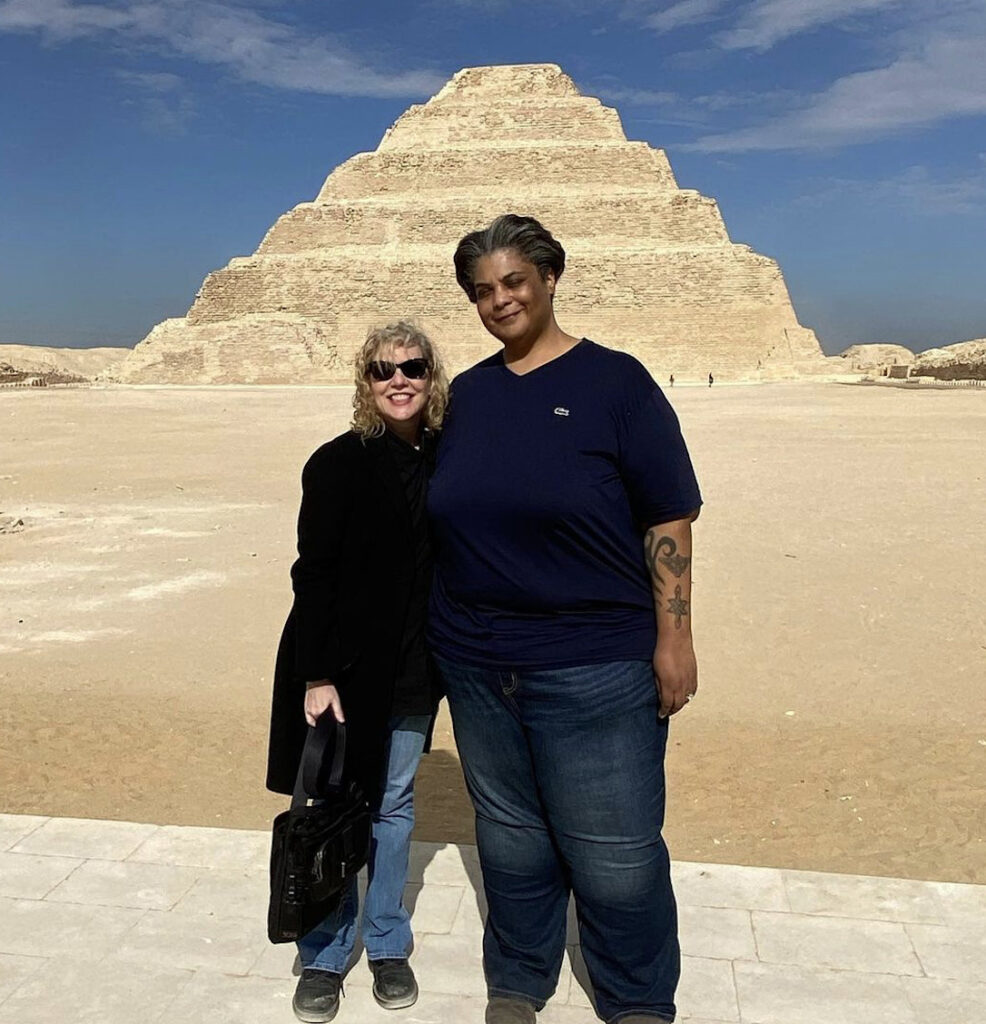
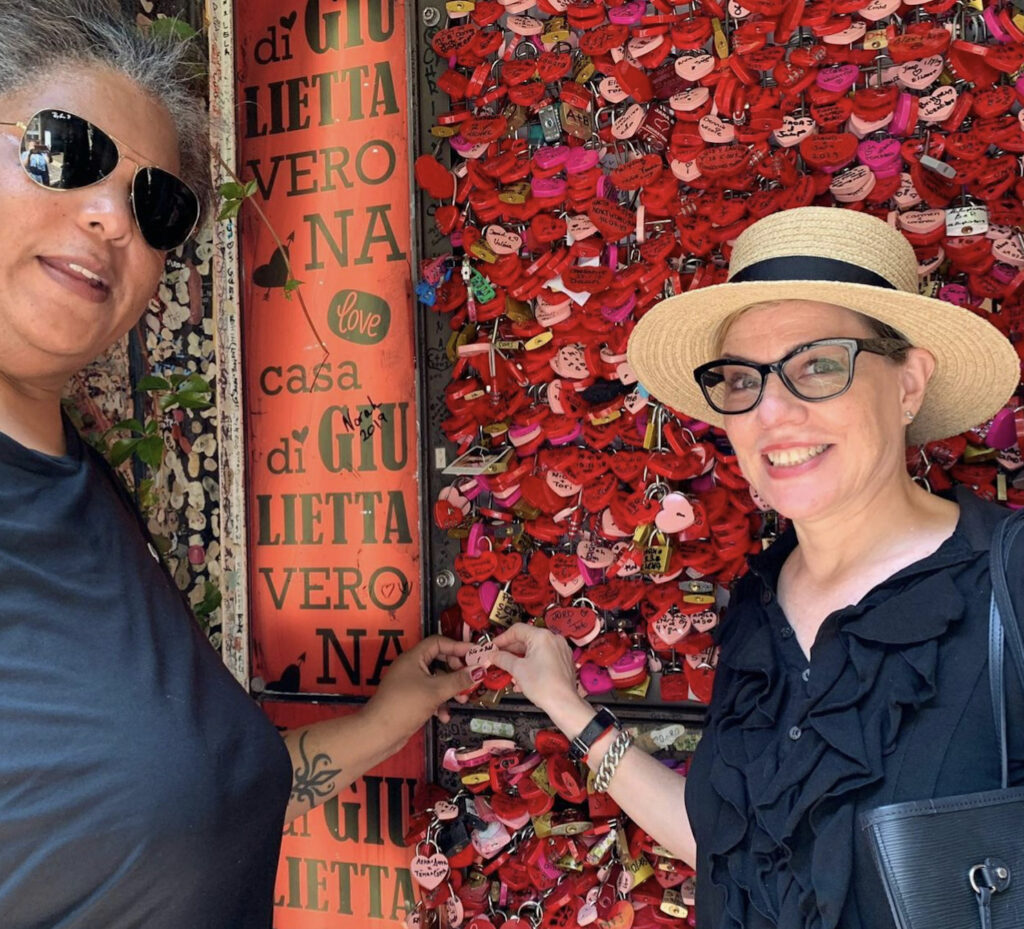
On Twitter, even Sen. Elizabeth Warren (D-MA), then running for president and endorsed by Gay, sent her congratulations.
Millman said “Roxane helped me a lot [on the book], thinking about the layout of the pieces. Roxane took a huge overview of them all—the tone of the work, their interior lives.” Millman says Gay’s objectivity was crucial.
Another aspect of how Millman chose who to include was the photographs. “I had to be very intentional regarding the visuals. Pre-COVID I was thinking about going around the country photographing everyone.”
COVID changed that. She had to ask herself “what was going to be able to pull these together? Every photograph revealed the soul of the subject.” COVID also changed Milllman’s and Gay’s wedding plans and the trajectory of their lives together.
“Before the lockdown,” Millman explains, “we weren’t living together. We had just gotten engaged. Roxane and I decided to go to Los Angeles [where Gay was living].”Gay told Millman,“‘pack for two weeks,’ she said, because that’s how long we thought it would be.”The wedding had been planned for the synchronous numbers of Oct. 10, 2020 (10.10.2020). Design will out. But COVID said no.
“We had planned this big blockbuster wedding on 10.10.2020,” Millman said. “We ended up eloping.” Now they are going to honeymoon—of sorts—in Antarctica.
“Roxane and I are going to Antarctica for the total eclipse of the sun there in November,” Millman revealed. “I’m excited. It’s for my 60th birthday. I wanted to see as much of the world as possible.”
Turning 60 does not daunt Millman. “Every decade is getting better. I am more cognizant of time. My 60s are about to start, but I wasn’t happy until I was in my 40s and I didn’t start leaning into happiness until my 50s.”
It was a real journey to get to this place in her life—one worthy of an interview and inclusion in Millman’s own book. “Not only did I not come out until 50, I got married to men first,” she laughs.
She says she had her “first kiss with a girl in third grade. We took turns being the girl and the boy. I preferred being the boy.”
Later, she said, “I bought copies of On Our Backs and Off Our Backs. I went to the clubs.”
But a panoply of things kept her from coming out—not the least of which was the discrimination and homophobia she witnessed. It was, she intimates, hard enough to be a woman in the design field without being an out lesbian. Her advice to young people and her younger self: “Don’t get married twice to men. Moisturize. Take your time. Don’t think about what other people think.” It’s advice she wishes she had had—or would have taken, had she been given it.
“In my students I see a level of wokeness that is thrilling and not performative.” But she wants the world for Gen Z to be better than her Baby Boomer world was for her.“I would certainly like to see things get easier for trans people,” she says.
And living with and loving a Black woman has heightened her own awareness of the racism that remains endemic in the U.S. “I’m very aware of racism, living with Roxane and seeing what she has to deal with,” she says. “In some ways things have improved, but we have so far to go.”
But everyone must take their own path, she asserts, and not rush that.
“Everybody has their own pace, everyone has their own journey,” she says. “Anything worth doing takes a long time. Don’t worry about what the world expects of you. Follow your own your heart.”
And, she says, “Do not be afraid to want a lot.”
Why Design Matters by Debbie Millman is released in hardcover on February 22, 2022.

